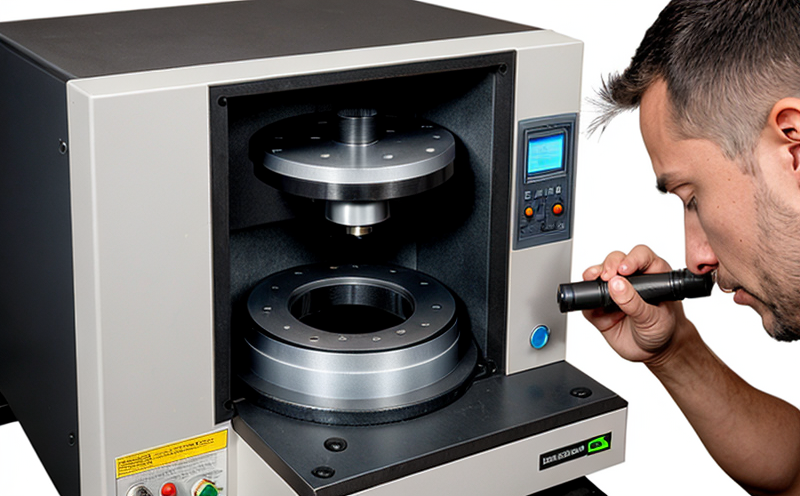ASTM E384 Microhardness Testing with Metallographic Evaluation
The ASTM E384 standard specifies procedures and guidelines for performing microhardness testing on materials, particularly metals and alloys. This test is essential in quality assurance and research to evaluate the hardness and mechanical properties of a material's microstructure. The procedure involves applying a small load to the surface of the specimen and measuring the indentation depth or area to determine its hardness.
Metallographic evaluation complements this process by providing detailed information about the internal structure of the material, including grain size, phase identification, and any presence of inclusions or defects. This combination is particularly useful for additive manufacturing (AM) processes where uniformity and microstructural consistency are critical to ensuring part integrity.
The ASTM E384 protocol allows for various types of microhardness testers such as Vickers, Knoop, Rockwell, or Brinell, depending on the material's hardness range. For metals and alloys, the Vickers method is most common due to its wide range of applicability.
Before testing, specimens must undergo careful preparation to ensure accurate results. This includes cleaning, polishing, etching for metallographic evaluation, and ensuring a representative area is selected for indentation. The choice of etchant can significantly influence the visibility of internal features during metallography.
The testing process requires precise control over environmental factors such as temperature and humidity to prevent specimen deformation or alteration of its microstructure. Once prepared, indentations are made using a specified load and dwell time, followed by measurement under a microscope equipped with appropriate magnification for both hardness determination and metallographic analysis.
Reporting involves documenting all parameters used during testing along with detailed images and descriptions of the observed microstructure features. This report is crucial not only for internal quality control but also for regulatory compliance and research purposes.
Why Choose This Test
Selecting ASTM E384 Microhardness Testing with Metallographic Evaluation offers several advantages over other testing methods. It provides detailed insights into the microstructure of materials, which is particularly beneficial for AM processes where part integrity and performance are paramount.
This test ensures that each part meets specified hardness requirements critical to its intended function. By combining hardness data with metallographic analysis, it helps identify any inconsistencies or flaws within the material's structure, ensuring product reliability and safety.
The detailed reports generated from this testing method provide valuable information for quality control departments, R&D teams, and procurement personnel. They can use these insights to make informed decisions about production processes, material selection, and supplier evaluation.
Competitive Advantage and Market Impact
Incorporating ASTM E384 Microhardness Testing with Metallographic Evaluation into your quality assurance protocols can provide significant competitive advantages. It enhances the reliability and performance of products made through AM processes, ensuring they meet or exceed industry standards.
By providing detailed microstructural information, this test helps in optimizing manufacturing processes to achieve better material properties consistently. This leads to improved product durability and reduced failure rates, which are critical factors influencing consumer trust and satisfaction.
The ability to demonstrate compliance with international standards such as ASTM E384 can also be a strong selling point for businesses looking to expand into new markets or establish partnerships with reputable companies. It showcases your commitment to excellence and adherence to high-quality manufacturing practices.
Use Cases and Application Examples
| Use Case | Description |
|---|---|
| Additive Manufacturing Quality Control | Ensuring uniform hardness and microstructure in AM parts to prevent defects. |
| R&D for New Materials | Evaluating the mechanical properties of new alloys or composites during development. |
| Supplier Evaluation | Verifying that raw materials meet specified hardness and microstructure criteria. |
| Product Reliability Testing | Identifying potential weaknesses in the product design or manufacturing process. |
| Use Case | Description |
|---|---|
| Failure Analysis | Determining the cause of part failure by analyzing the microstructure and hardness. |
| Compliance with Standards | Ensuring that materials comply with relevant international standards such as ASTM E384. |
| Process Optimization | Tuning AM processes to achieve desired mechanical properties and microstructure. |





